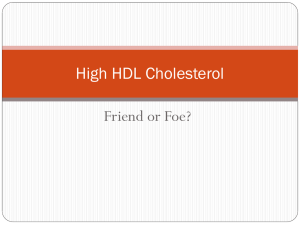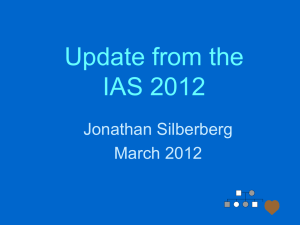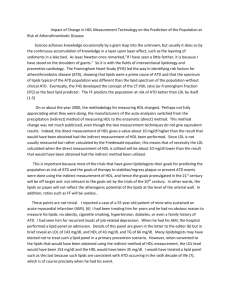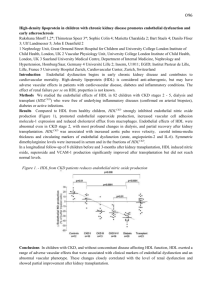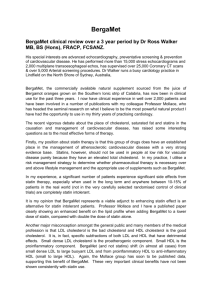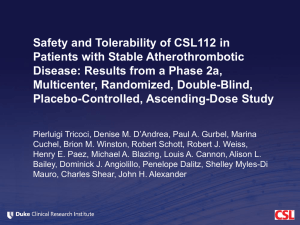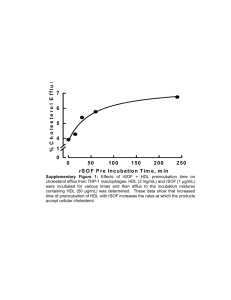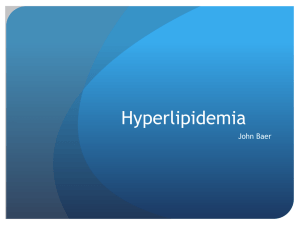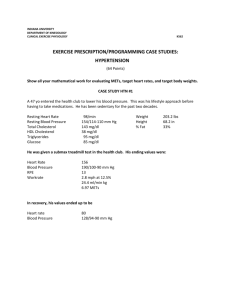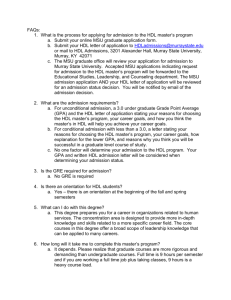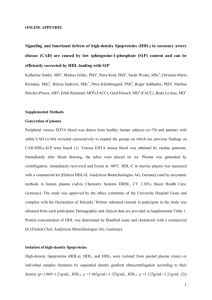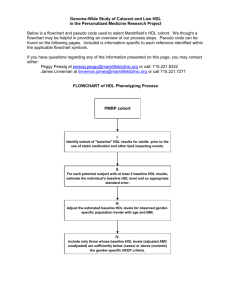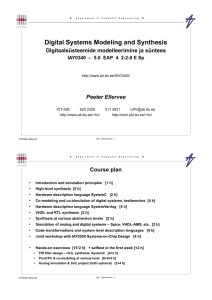DOCX ENG
advertisement
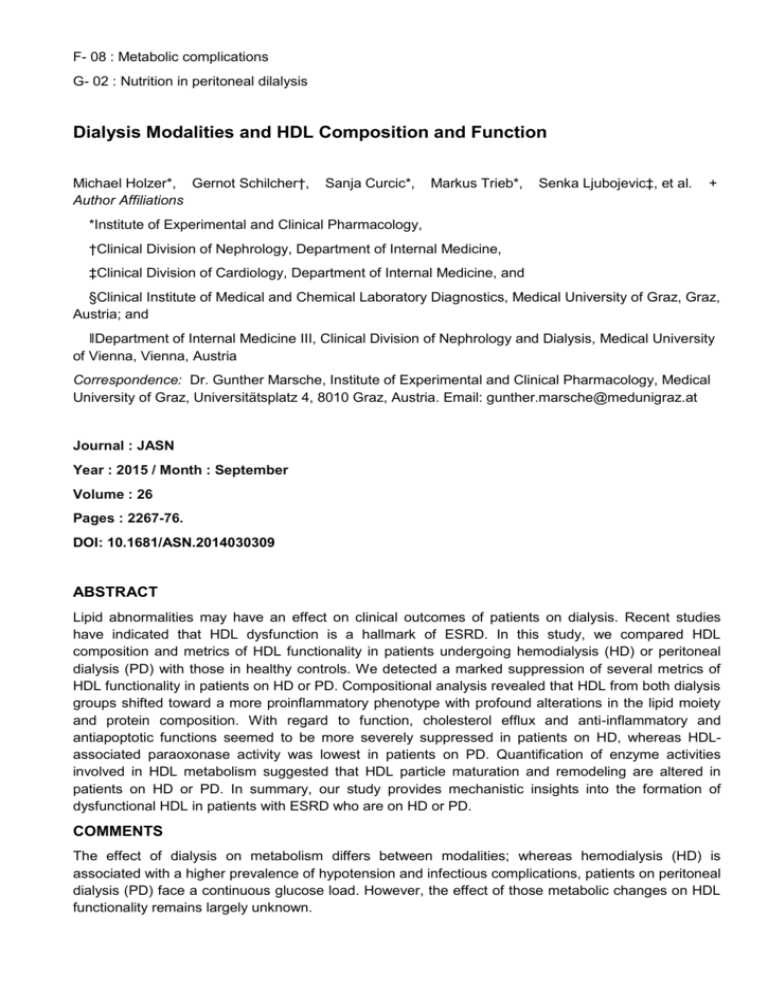
F- 08 : Metabolic complications G- 02 : Nutrition in peritoneal dilalysis Dialysis Modalities and HDL Composition and Function Michael Holzer*, Gernot Schilcher†, Author Affiliations Sanja Curcic*, Markus Trieb*, Senka Ljubojevic‡, et al. + *Institute of Experimental and Clinical Pharmacology, †Clinical Division of Nephrology, Department of Internal Medicine, ‡Clinical Division of Cardiology, Department of Internal Medicine, and §Clinical Institute of Medical and Chemical Laboratory Diagnostics, Medical University of Graz, Graz, Austria; and ‖Department of Internal Medicine III, Clinical Division of Nephrology and Dialysis, Medical University of Vienna, Vienna, Austria Correspondence: Dr. Gunther Marsche, Institute of Experimental and Clinical Pharmacology, Medical University of Graz, Universitätsplatz 4, 8010 Graz, Austria. Email: gunther.marsche@medunigraz.at Journal : JASN Year : 2015 / Month : September Volume : 26 Pages : 2267-76. DOI: 10.1681/ASN.2014030309 ABSTRACT Lipid abnormalities may have an effect on clinical outcomes of patients on dialysis. Recent studies have indicated that HDL dysfunction is a hallmark of ESRD. In this study, we compared HDL composition and metrics of HDL functionality in patients undergoing hemodialysis (HD) or peritoneal dialysis (PD) with those in healthy controls. We detected a marked suppression of several metrics of HDL functionality in patients on HD or PD. Compositional analysis revealed that HDL from both dialysis groups shifted toward a more proinflammatory phenotype with profound alterations in the lipid moiety and protein composition. With regard to function, cholesterol efflux and anti-inflammatory and antiapoptotic functions seemed to be more severely suppressed in patients on HD, whereas HDLassociated paraoxonase activity was lowest in patients on PD. Quantification of enzyme activities involved in HDL metabolism suggested that HDL particle maturation and remodeling are altered in patients on HD or PD. In summary, our study provides mechanistic insights into the formation of dysfunctional HDL in patients with ESRD who are on HD or PD. COMMENTS The effect of dialysis on metabolism differs between modalities; whereas hemodialysis (HD) is associated with a higher prevalence of hypotension and infectious complications, patients on peritoneal dialysis (PD) face a continuous glucose load. However, the effect of those metabolic changes on HDL functionality remains largely unknown. In the general population, HDL cholesterol is associated with reduced cardiovascular events. In CKD the functionality of HDL is impaired and this change could be implicated in the decrease of cardiovascular protection. HDL itself is a complex particle with numerous potential atheroprotective activities, including reverse cholesterol transport, inhibition of LDL oxidation, cytokine secretion from macrophages, adhesion molecule expression on endothelial cells, and stimulation of endothelial nitric oxide synthase to promote vasodilation. Profound alterations in HDL composition have been reported in patients with ESRD on HD. The lipid profiles of patients with ESRD displayed increased triglycerides and decreased HDL cholesterol levels, whereas total cholesterol was unaltered in patients on HD and moderately reduced in patients on PD. Concomitant treatments were equal between patients on dialysis. C-reactive protein levels were increased in both dialysis groups and highest in patients on HD. HDL was isolated from study subjects by one-step density ultracentrifugation and subjected to compositional analysis. HDL from patients on HD or PD showed significantly lower levels of cholesterylester and phospholipids and higher levels of triglycerides. Key regulators in HDL metabolism, such as phospholipid transfer protein (PLTP), lecithincholesterylester transferase (LCAT), and cholesterylester transfer protein (CETP) had a reduced activity in patients on HD. HDL from patients on HD or PD showed a shift toward a more inflammatory phenotype, with alterations in the lipid moiety and distinct alterations in the protein composition. HDL from both dialysis groups showed a remarkable impaired capability to promote cholesterol efflux. In summary, this study provides novel mechanistic insights into the formation of dysfunctional HDL in patients with ESRD on HD and PD. Given that both the ability of HDL to promote cholesterol efflux and HDL-associated paraoxonase activity predict cardiovascular outcome, these results might provide valuable information to develop rational HDL-raising therapeutic strategies. Pr. Jacques CHANARD Professor of Nephrology

